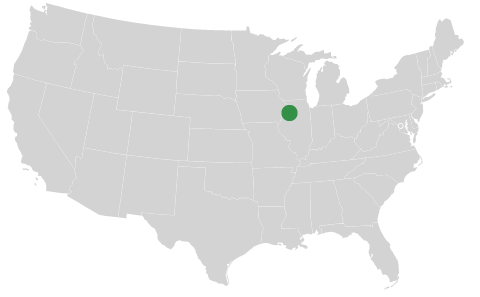
Having the right tool for the job makes all the difference.
If you’ve ever undertaken a task or tried to fix something without the proper equipment, you know how frustrating it can be. Well, add costly to list if you’re a farmer looking to buy an industrial compost turner for the first time and you’re not sure what to look for.
Make the right choice and your composting runs with the precision of a Swiss watch. Miss the mark and you can likely count on a ton of problems that will cost you time, money and energy.
Not only that, a mismatched, poorly-sized or poorly-maintained machine can severely impair the efficiency and safety of your operation. So just where do you start if you’re in the market for a compost turner? Well, your first thoughts should be focused on making health and safety a priority.
Compost turners are powerful mechanical devices that present serious potential health and safety hazards. A thorough understanding of design features and sensible operating practices can greatly reduce, if not eliminate, much of the risk.
Then you need to decide what type of compost turner is best suited for your needs. You’ve got two basic choices. Either you can go with a tractor-pulled model or take a look at a self-propelled machine.
Regardless of what route you decide to go, here are some important considerations:
- Make sure the product you select is a one-man all-inclusive operation that doesn’t require you to have a separate water truck for watering the windrows.
- Look for something that will offer reduced compost production cycle time — typically about eight weeks from windrow formation to a finished product.
- Choose a variable speed drum that maximizes humus formation. A machine with excessive drum speed pulverizes feedstocks and retards, rather than enhances, your composting process.
- Find a compost turner that applies water to the compost as it is tossed over the drum, distributing the water evenly throughout the material. This equal distribution of moisture is essential for an optimum microbial environment. Without it, you end up with “dust here and mud there.”
- Be sure to search for aeration or the exchange of carbon dioxide in the windrow with air having its full oxygen content. This will result in lower carbon dioxide levels after turning.
- Make sure the compost turner drum can be moved vertically removing the drum from the windrow at any time. This enables the operator to view an interior profile of the windrow to assess progress or, if the material is too wet, simply pull out and move on.
- Insist on a product with a track record of durability and little or no down time. Time is money. And lost time is BIG money.
By investing some extra time making sure you find the right compost turner for your needs, you will end up with a cost-effective solution that will have an impact where it matters most – on your bottom line.
Find out more at http://www.midwestbiosystems.com.


